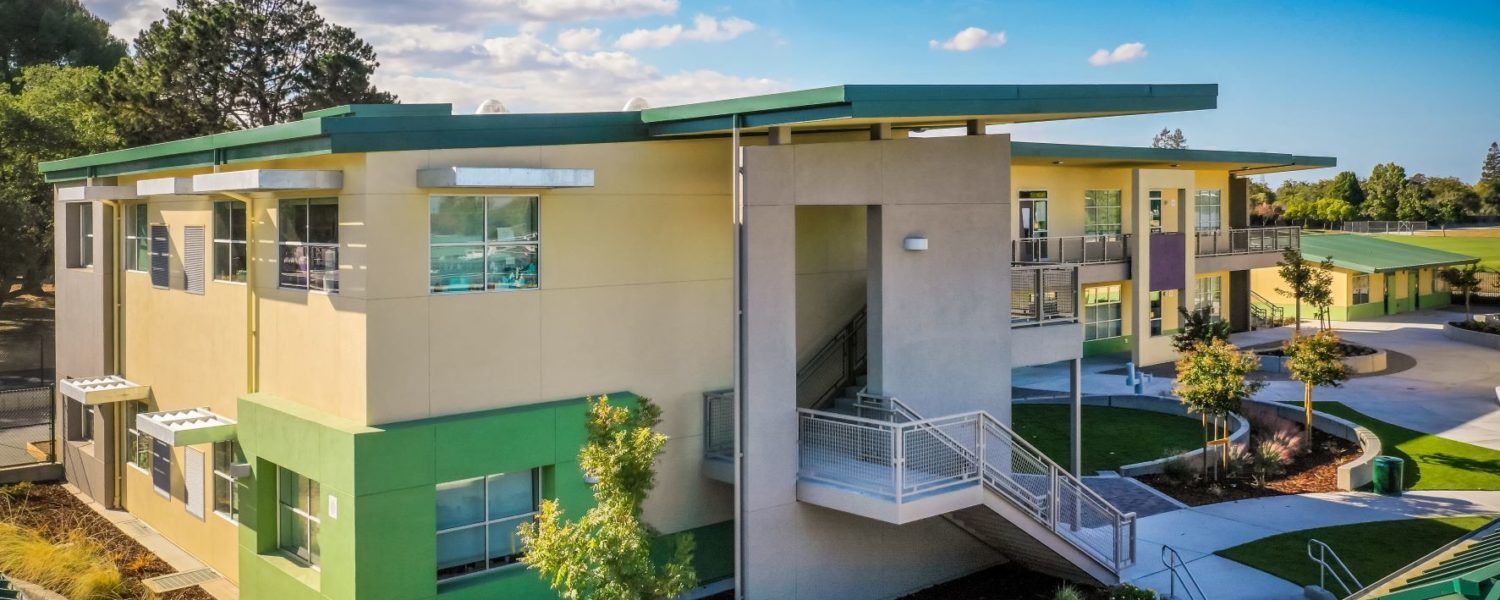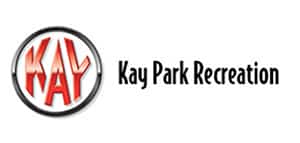The pandemic has been a disruptive trendsetter. Schools are already moving in a new direction with innovative, future-proof classrooms that transition learning environments for a new era of learning.
For a long time, new schools looked a lot like old schools. Change was gradual as learning evolved with technology and design shifted to support 21st century programming. But 2020 kicked evolution into overdrive, introducing new ways to learn and new protocols to keep our communities safe.
There’s no going back now—only forward.
Where students learn is just as important as how they learn. As much as 25 percent of a student’s progress is influenced by classroom design—a cumulative effect that can advance or hold back academic success.
Faced with tight budgets and even tighter timelines, schools realize the need to make good design choices. And modular builders are working with them to create innovative learning environments that maximize the performance and potential of buildings, students and teachers.
- Creative Use of Space
With school needs growing faster than budgets, spaces have to work harder. Schools are getting inventive in how that space is defined and used, shifting from programmed to unprogrammed environments that optimize the efficiency of each space. Trending designs anticipate change and are agile in adapting to a wide variety of users and activities.
Built-In Flexibility
Open floorplans are a blank canvas for multiple learning methods. As class sizes fluctuate, classrooms will need to flex on demand, recalibrating for increased capacity or downsized learning. Design features like interior partitions, sliding glass walls and mobile furniture give students room to move around and make it easy for teachers to reconfigure space throughout the day.
Central Hubs
As programming expands, modular builders are creating shared spaces that can multi-task. Central hubs are going mainstream, clustering classrooms around a multimodal space that can be used at different times by different groups for different types of learning.
Social Distancing
What started as precautions for a pandemic are now a blueprint for the post-pandemic. CDC guidelines are influencing school design, prompting new schools to expand lobbies and widen hallways, walkways and entries for safe social distancing. Floorplans allow multiple configurations to support socially distanced learning with desks, tables or project-based seating.
Health & Wellness Stations
To help schools transition to new health protocols, modular builders are integrating wellness features at the factory, offering design options that rough-in handwashing and sanitation stations in classrooms and provide extra space for health screening at school entrances. Some schools are taking it a step further, adding health and wellness suites near the front door.
- Smart Technology
Smart homes are here, and smart schools are gaining traction. As schools augment their tech infrastructure, yesterday’s technology is being replaced by intelligent systems and features that create a controlled environment for enhanced safety and productivity.
- Always-On, Anywhere, Anyway Connectivity
Technology is revolutionizing learning as well as the learning environment. Perhaps the greatest impact on classroom design is the rise of e-learning. A necessity in 2020, it’s becoming a preferred option going forward and for good reason: e-learning increases retention by as much as 60 percent— six times the retention rate of face-to-face learning.
Schools are trending toward a blended approach that combines in-person and online learning in a single classroom. Modern learners can choose their path, and design is evolving to offer more options, engaging students and teachers in a dynamic environment designed to optimize academic outcomes.
Schools need more space, and modular buildings can deliver high-quality space in as little as 60 days at a cost 30 percent less than conventional construction.
And, modular designs can be replicated districtwide, giving schools a customizable, scalable solution for fast-tracking modernization and expansion plans at a considerable cost savings.
Modular builders are nimble, pushing the boundaries of school design to create innovative learning environments that integrate the latest technology, features and materials into flexible floorplans that fit today’s needs—and adapt easily to tomorrow’s.
Finally, indoor air quality will be an important part of school architecture in a COVID-19 world.
Modular school construction using materials low in toxins, irritants, and volatile organic compounds (VOCs) is the first step for creating a comfortable, healthy atmosphere.
The next step is installing an HVAC system that controls temperature and humidity, and making filter changes a regular part of maintenance. Exhaust fans, enhanced filtration, access to fresh filtered air, and pressure control systems can also remove odors and pollutants.
As weather patterns and seasonal allergies change throughout the year, schools will need to make ongoing adjustments to air quality systems to maintain a healthy atmosphere.
This article is courtesy of American Modular Systems, which is transforming how schools are built by providing high-performance, innovative, and affordable modern schools and classrooms to empower next-gen learning, www.americanmodular.com.









